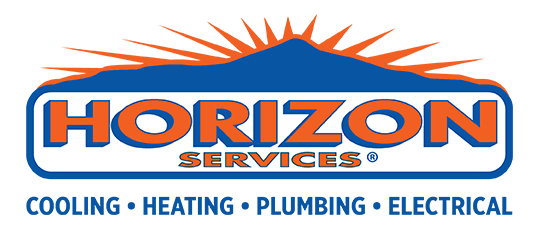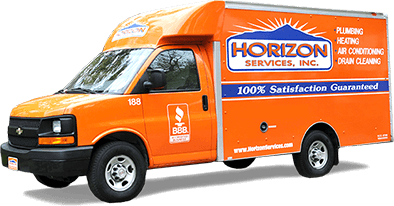
Calculate How Much You Can Save by Upgrading to a New Energy-Efficient Cooling System With a High SEER Rating
We all love air conditioning in the summertime; except, of course, when we see our electric bill! The air conditioning systems we grew up with were extreme energy hogs…and we usually paid a price for the cool comfort they delivered. Fortunately, times have changed, and we can enjoy substantial energy savings by installing and using today’s more technically advanced and efficient cooling systems with a high SEER rating.
The efficiency at which air conditioners produce cooling is referred to as its SEER rating. SEER stands for Seasonal Energy Efficiency Ratio,and is a ratio of the amount of cooling produced (BTU) divided by the amount of electricity (watts) used. The higher the SEER, the greater the air conditioner’s efficiency.
Older air conditioning systems have a SEER rating of 10 or under. Today’s more efficient air conditioning systems have SEER ratings as high as 23. The United States now requires that residential air conditioning systems manufactured after 2005 have a minimum SEER rating of 13 (window units are exempt from this law, so their SEERs are still around 10). The SEER rating is usually shown on a yellow and black EnergyGuide sticker attached to the outside unit of the air conditioner.
How much energy and money can you save by upgrading from your old air conditioner to a modern, more efficient model? Let’s suppose your older air conditioning system had an AC SEER rating of 9. If you were to upgrade to a SEER 13 air conditioner (the lowest efficiency available), you would reduce your power consumption by about 28%. That can translate to energy savings up to $300 per year (depending on your usage rate and the cost of electricity).
Tips & Insights: Why Is My Air Conditioner Frozen?
SEER Rating: The Numbers Don’t Lie!
The tables below will give you an estimate of the electricity you can save by upgrading to an air conditioning system with a higher SEER rating.
Existing Air Conditioner Efficiency: 6 SEER
| New Air Conditioner Efficiency | Expected Reduction in Electricity |
| SEER 13 | 49% |
| SEER 14 | 56% |
| SEER 15 | 63% |
| SEER 16 | 70% |
Existing Air Conditioner Efficiency: 7 SEER
| New Air Conditioner Efficiency | Expected Reduction in Electricity |
| SEER 13 | 42% |
| SEER 14 | 49% |
| SEER 15 | 56% |
| SEER 16 | 63% |
Existing Air Conditioner Efficiency: 8 SEER
| New Air Conditioner Efficiency | Expected Reduction in Electricity |
| SEER 13 | 35% |
| SEER 14 | 42% |
| SEER 15 | 49% |
| SEER 16 | 56% |
Existing Air Conditioner Efficiency: 9 SEER
| New Air Conditioner Efficiency | Expected Reduction in Electricity |
| SEER 13 | 28% |
| SEER 14 | 35% |
| SEER 15 | 42% |
| SEER 16 | 49% |
Existing Air Conditioner Efficiency: 10 SEER
| New Air Conditioner Efficiency | Expected Reduction in Electricity |
| SEER 13 | 21% |
| SEER 14 | 28% |
| SEER 15 | 35% |
| SEER 16 | 42% |
How High a SEER Rating Do You Need?
Central air conditioners that are in the top 25 percent of efficient models may carry the Energy Star® label. To qualify, they must have a minimum SEER efficiency level of 14.
So, does all this mean that you should get the air conditioner with the highest SEER rating possible? Not necessarily. SEER ratings only represent the potential efficiency of the system under perfect conditions. Over half of the system’s efficiency depends on correct equipment sizing for your home and proper installation. So while looking for an air conditioning system with the EnergyStar® label is certainly the right start, what you really want and need is the right sized equipment operating at its optimal ratings within varying conditions, for your optimal comfort and savings.
Your Horizon Services comfort specialist will perform a thorough In-Home Energy Analysis to help you identify the most efficient system for your home, your needs and your budget…and see to it that the system is properly installed for optimal performance for you SEER rating.
For More Information…
Horizon Services has been proudly meeting the plumbing, heating, air conditioning, drain cleaning and sewer & water line needs of businesses and homeowners in Delaware, Southeastern Pennsylvania and Maryland since 1989.
Tips & Insights: Why Is My Furnace Operating Constantly?


